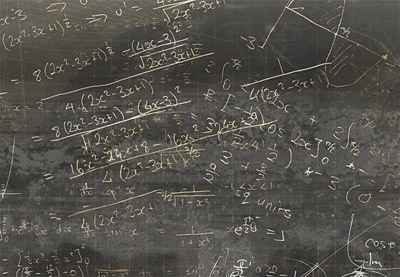
Curious digiscopers often want to know the effective focal length of their digiscoping rig. Once you have a few specifications for your gear, the rest is pretty easy to calculate.
Here's the formula for point & shoot digital cameras:
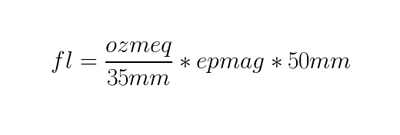
fl = focal length
ozmeq = optical zoom (in 35mm equivalency)
epmag = eyepiece magnification
My Nikon Coolpix 8400 has an optical zoom range of 24 to 85mm (in 35mm equivalency). We'll do the math for the upper value of the optical zoom, so ozmeq will be 85. I usually digiscope with my 20 to 60x zoom eyepiece at 20x, so epmag is 20:
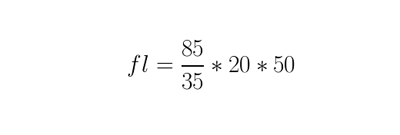
The result is an effective focal length of 2,429mm!
The formula when afocally coupling DSLR cameras to the scope's eyepiece is very similar, but since were' working with removable DSLR lenses, we can assume 50x = 1. However, we need to figure in the crop factor of the camera's sensor and adjust for the focal length of whatever lens is being used:
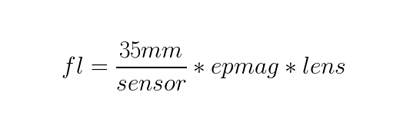
fl = focal length
sensor = DSLR sensor size
epmag = eyepiece magnification
lens = focal length of the camera lens.
We'll use the values for the Pentax K100D and a 40mm pancake lens, so our value for lens will be 40. The K100D's sensor size is 23.5mm, so that's our value for sensor. Because it's smaller than 35mm, it's frame is slightly magnified (crop factor), so this needs to be taken into account when calculating the effective focal length. As above, we're using an eyepiece magnification of 20 power:
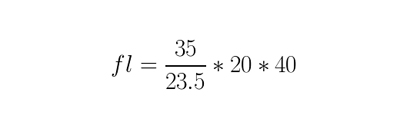
The result is an effective focal length of 1,191mm!
Naturally, knowing the effective focal length won't make you a better digiscoper. At no time during my 8 years of digiscoping did knowing any of these numbers provide any advantage while in the field!
© 2009 Mike McDowell

















